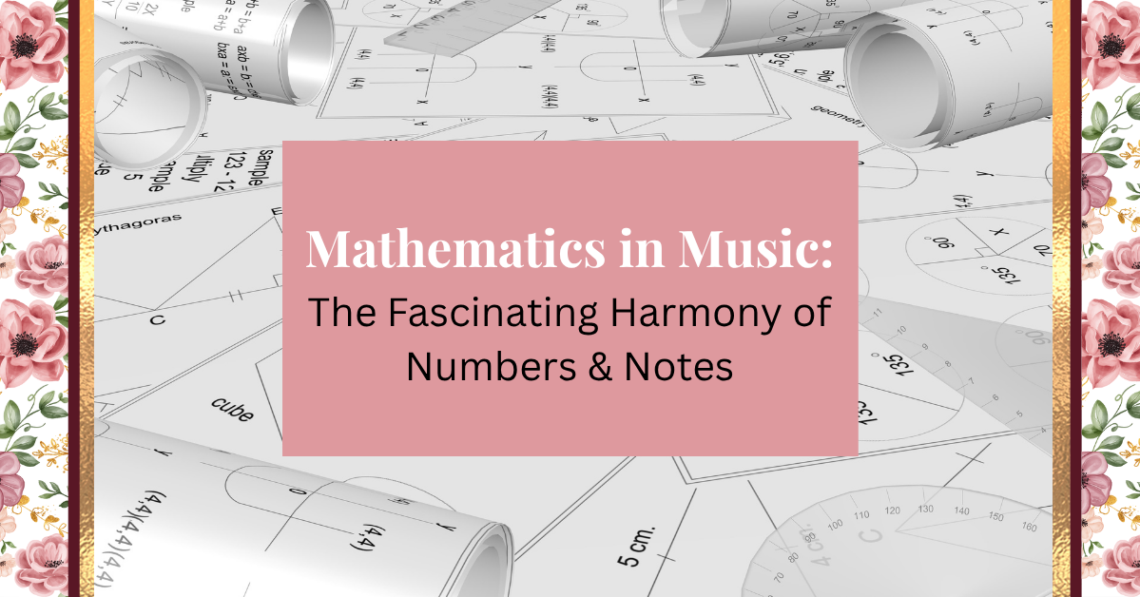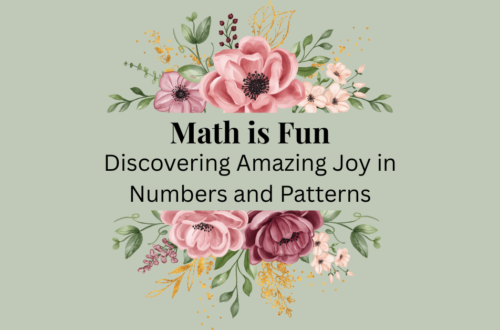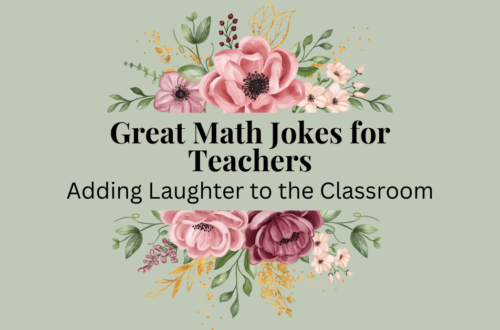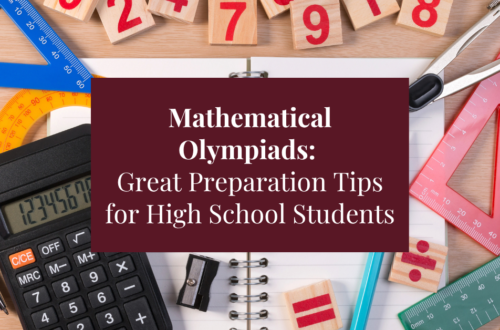Music and mathematics may seem like two separate worlds, but they are deeply intertwined in ways that might surprise you. Whether you’re listening to your favorite song or playing an instrument, mathematics plays a crucial role in shaping the music you hear. From the rhythm of beats to the patterns of melodies, math helps to organize and structure music in ways that we may not always recognize. In this post, we’ll dive into the fascinating connection between math and music, exploring how numbers, ratios, and shapes are used to create beautiful, harmonious sounds.
1. The Basics of Musical Notes and Scales
Before we get into the deep mathematical connections, it’s important to understand the basics of how music is structured. Music is made up of sounds or “notes,” which are vibrations that produce pitches. These notes are organized into scales, which are simply a set of notes arranged in a particular pattern of intervals.
- Musical Notes & Frequencies: Every musical note corresponds to a specific frequency (vibration rate). For example, the note “A” above middle C has a frequency of 440 Hz (vibrations per second). When you hear a note, you’re actually hearing the result of a sound wave that is vibrating at a certain frequency.
- The Equal-Temperament Scale: In Western music, the most commonly used scale is the chromatic scale, which divides an octave (the interval between one note and another note that is double its frequency) into 12 equal parts. These 12 steps are known as half-steps or semitones. The math behind this system involves taking the 12th root of 2 to determine the frequency ratio between each note.
This structure allows musicians to play music in any key and still maintain harmony, providing flexibility and variety in musical expression.
2. Rhythm: The Mathematical Backbone of Music
Rhythm is the pattern of beats or time intervals in music, and it’s another area where math plays an essential role. Time signatures, which indicate how many beats are in a measure and what note value gets the beat, are structured using mathematical concepts.
- Time Signatures: In music, the time signature specifies how many beats there are in each measure and what kind of note gets one beat. For example, in a 4/4 time signature, there are four beats per measure, and the quarter note (1/4 of a whole note) gets one beat. This fraction-based system is directly related to mathematics, as the time signature helps to organize how music flows over time.
- Subdivision of Beats: Within each beat, music can be subdivided into smaller units. For instance, one beat can be divided into two eighth notes or four sixteenth notes. This subdivision allows for different rhythmic patterns and provides the foundation for more complex rhythms. These subdivisions are also based on fractions, further highlighting the mathematical structure of music.
- Patterns and Grouping: Musicians often group rhythms into patterns that can be understood as a form of mathematical repetition. Syncopation (emphasizing off-beats) and polyrhythms (simultaneous contrasting rhythms) introduce more complexity, often involving simple ratios (such as 3:2) or more complex mathematical relationships between the beats.
3. Harmony and Intervals: Ratios in Sound
Harmony refers to the combination of different notes played simultaneously, and it’s where math is perhaps most noticeable. The relationship between two notes is called an “interval,” and the way these intervals are constructed has a direct connection to mathematics.
- Perfect Fifths and Octaves: One of the most fundamental intervals in music is the octave, where the higher note’s frequency is double that of the lower note. This 2:1 frequency ratio creates a very pleasing sound to the ear. Another important interval is the perfect fifth, which has a ratio of 3:2. These ratios are mathematically simple but are universally recognized as harmonious.
- The Harmonic Series: The harmonic series is a natural phenomenon where the overtones of a vibrating string or air column create a series of notes that follow specific mathematical ratios. The harmonic series begins with the fundamental note and then produces overtones, or higher frequencies, in simple ratios such as 2:1, 3:2, 4:3, and so on. These natural ratios form the basis of Western music theory, influencing the construction of chords and intervals.
- Chords and Chord Progressions: Chords are made by stacking intervals on top of each other, usually in thirds (the interval between two notes that are three notes apart in a scale). Chord progressions, or the sequence of chords in a piece of music, often follow patterns that make use of these simple mathematical intervals to create tension and release, providing emotional depth to a piece of music.
4. Mathematics of Musical Form: Symmetry & Patterns
The structure of a piece of music is often built upon patterns and symmetry, both of which are key components of mathematics. Composers use these elements to create a sense of balance, repetition, and variation.
- Symmetry: Symmetry in music refers to the repetition of musical ideas, often in a mirrored or balanced form. A classical example is the structure of sonata form, which typically involves an exposition (where themes are introduced), a development (where those themes are transformed), and a recapitulation (where the themes return in their original form). This symmetrical structure can be described mathematically, with repeating elements and inversion (a type of reflection) playing a central role.
- Fibonacci Sequence and Golden Ratio: The Fibonacci sequence is a series of numbers where each number is the sum of the two preceding ones. This sequence (1, 1, 2, 3, 5, 8, 13, 21, etc.) appears frequently in nature and has also been applied to music. Some composers, such as Béla Bartók, have used the Fibonacci sequence to structure musical phrases or determine the timing of key moments in their compositions. The Golden Ratio, derived from the Fibonacci sequence, is a proportion that has been used in musical phrasing to create aesthetically pleasing forms.
- Meter and Polyrhythms: The concept of meter in music, the way beats are organized into patterns, can be mathematically complex, especially when dealing with polymeter (different meters played simultaneously) or polyrhythms (different rhythmic patterns played at once). These complex patterns create rich textures in music and often involve mathematical relationships between the number of beats in a given time.
5. Mathematics of Musical Instruments: Sound Waves & Frequencies
The way sound is produced by musical instruments is deeply connected to the principles of mathematics, particularly the physics of sound waves.
- Stringed Instruments: For string instruments like guitars or violins, the pitch produced is related to the length, tension, and mass of the string. The fundamental frequency of the string follows a simple mathematical relationship: shorter, tighter strings produce higher-pitched notes. The pitch of a vibrating string is inversely proportional to its length and directly proportional to its tension.
- Wind Instruments: Wind instruments, such as flutes or trumpets, produce sound through the vibration of air columns. The pitch depends on the length of the air column and the speed at which air is blown into the instrument. The relationship between the length of the air column and pitch follows simple mathematical ratios, similar to those found in string instruments.
- Percussion Instruments: Percussion instruments, like drums, cymbals, or marimbas, produce sound when struck, and the pitch is influenced by the size and tension of the surface being struck. Larger surfaces typically produce lower pitches, while smaller surfaces create higher pitches, following basic principles of wave physics.
Conclusion
Mathematics and music are inextricably linked, with mathematical principles providing the framework for everything from rhythm to harmony and the design of instruments. Whether it’s the way notes relate to each other in intervals or how composers structure entire symphonies using mathematical concepts like symmetry and the Fibonacci sequence, math is deeply embedded in the world of music. So, the next time you listen to your favorite song, remember that there’s more than just melody and lyrics—there’s a world of numbers and patterns that make it all possible.
How do you see the connection between music and math? Share your thoughts in the comments below! Have you ever noticed the math behind your favorite song? Let’s discuss!





